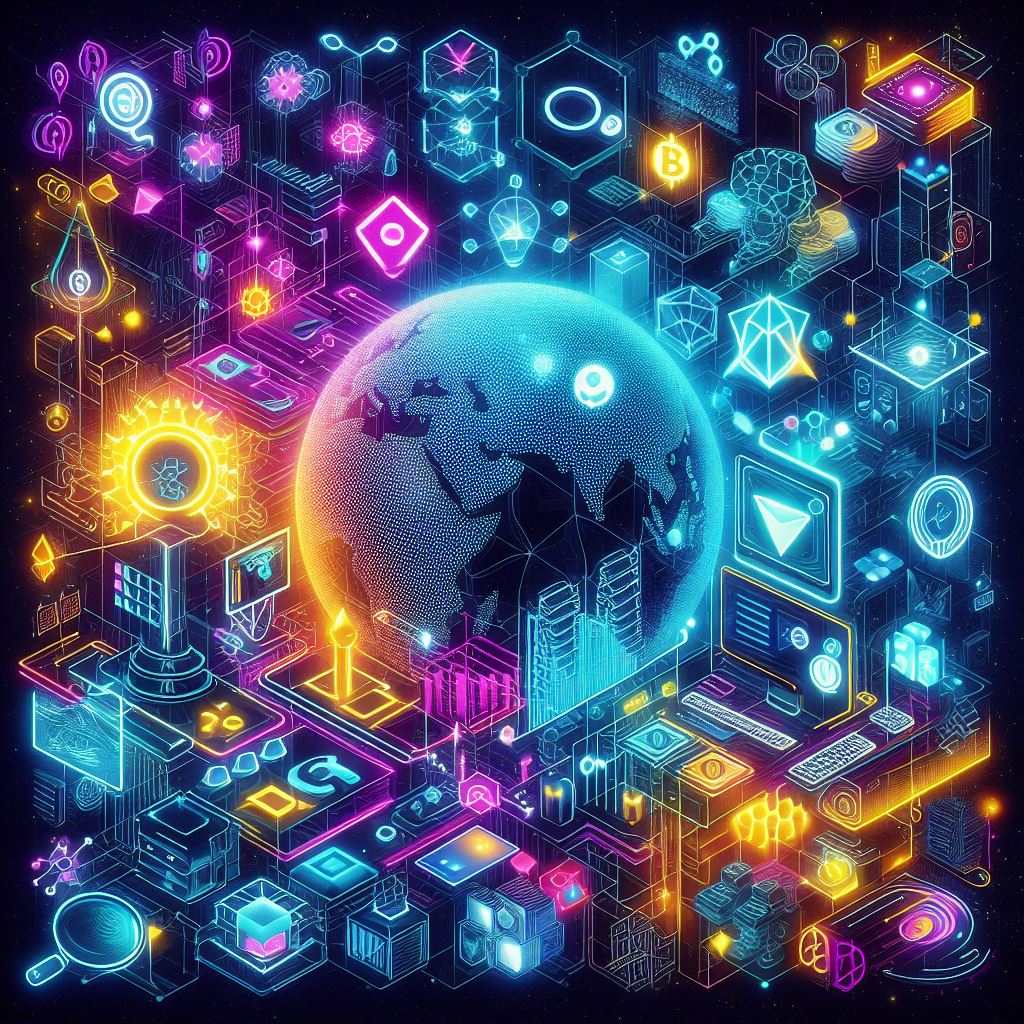Web development is an ever-evolving field, and with each passing year, new technologies and trends shape the way websites are designed, developed, and experienced. As we embrace the year 2023, it’s time to take a close look at the latest trends in web development that are setting the stage for the digital landscape of the future. These trends promise to redefine the way we interact with the web, ensuring a more personalized, efficient, and immersive online experience.
1. Responsive Web Design Evolves

Responsive web design is not a new concept, but it’s in a constant state of evolution. In 2023, it’s not just about making websites look good on different screen sizes; it’s about tailoring the user experience to a whole new level. The latest trend is to create websites that adapt not only to screen sizes but also to individual user preferences, location, and device capabilities. This personalized touch enhances engagement and ensures that users have the best possible experience on any device.
2. The Rise of Progressive Web Apps (PWAs)
Progressive Web Apps (PWAs) continue to gain momentum. These web applications offer the best of both worlds – the reliability and speed of a native mobile app and the accessibility of a website. In 2023, expect to see more businesses adopting PWAs as a way to captivate users with fast load times, offline functionality, and a seamless user experience. PWAs are bridging the gap between web and native app experiences, offering a unified solution for both.
3. Embracing Serverless Architecture

Serverless architecture is changing the way web applications are built. It eliminates the need for server management, allowing developers to focus solely on writing code. This results in more agile and cost-effective web applications. Serverless computing allows for rapid development and deployment without the complexities of server management. It’s a trend that streamlines the development process and reduces operational overhead.
4. Voice Search Optimization
With the increasing prevalence of voice-activated devices like smart speakers and virtual assistants, optimizing websites for voice search is a top priority in 2023. Web developers are incorporating voice search-friendly features and enhancing content to respond to natural language queries. Voice search optimization isn’t just about keywords; it’s about creating a conversational web experience that interacts seamlessly with users, making information more accessible than ever.
5. AI and Machine Learning Integration
Artificial intelligence (AI) and machine learning are no longer futuristic concepts but integral components of web development. From chatbots that offer real-time assistance to recommendation engines that provide personalized content, AI is reshaping the way we interact with websites. It’s all about enhancing user experiences and streamlining processes through intelligent algorithms. The integration of AI and machine learning is a trend that’s set to stay and continue evolving.
6. Web3 and Blockchain Integration

Web3 is a movement towards a decentralized and user-centric internet. Blockchain technology is being integrated into web development to enhance security, trust, and ownership of digital assets. This trend is not only about embracing decentralization but also about creating new opportunities for secure and transparent online transactions and interactions. The integration of blockchain technology is changing the way we conduct online business.
7. Single-Page Applications (SPAs) in the Spotlight
Single-Page Applications (SPAs) are still at the forefront of web development trends in 2023. They offer faster loading times and a smoother user experience by dynamically updating content without full page reloads. SPAs create a more app-like experience within the web browser, providing a seamless journey for users. This trend is a testament to the importance of user experience in modern web development.
8. Web Accessibility and Inclusivity
Web accessibility is no longer an afterthought but a fundamental requirement for web development. In 2023, developers are committed to creating websites that are accessible to everyone, regardless of their abilities. The focus is on designing with inclusivity in mind, making the web a more welcoming and user-friendly place for all. Accessibility isn’t just a legal requirement; it’s a moral obligation to ensure that the web is a place where everyone can participate.
9. Sustainability in Web Development
As environmental concerns continue to grow, sustainability in web development has become a significant trend. Optimizing code for efficiency, reducing energy consumption, and choosing eco-friendly hosting solutions are now part of the development process. Web developers are taking steps to minimize the environmental impact of digital technologies, contributing to a greener web.
10. Augmented Reality (AR) and Virtual Reality (VR) Integration

AR and VR technologies are making their way into web development, offering immersive and interactive experiences. In 2023, we can expect to see websites that allow users to try out products in a virtual space, explore destinations through virtual tours, and engage with content in entirely new and exciting ways. The integration of AR and VR is redefining the possibilities of web interactions.
In Conclusion
Web development in 2023 is all about personalization, efficiency, and immersive experiences. These trends reflect the evolving needs and expectations of users and the opportunities created by advancements in technology. Web developers who stay up to date with these trends can ensure that their creations are not just functional but also engaging, user-centric, and future-ready. The web is a dynamic ecosystem, and these trends are shaping it to be more accessible, sustainable, and engaging than ever before. As we embrace the digital landscape of 2023, we’re in for an exciting journey of innovation and transformation in web development.
